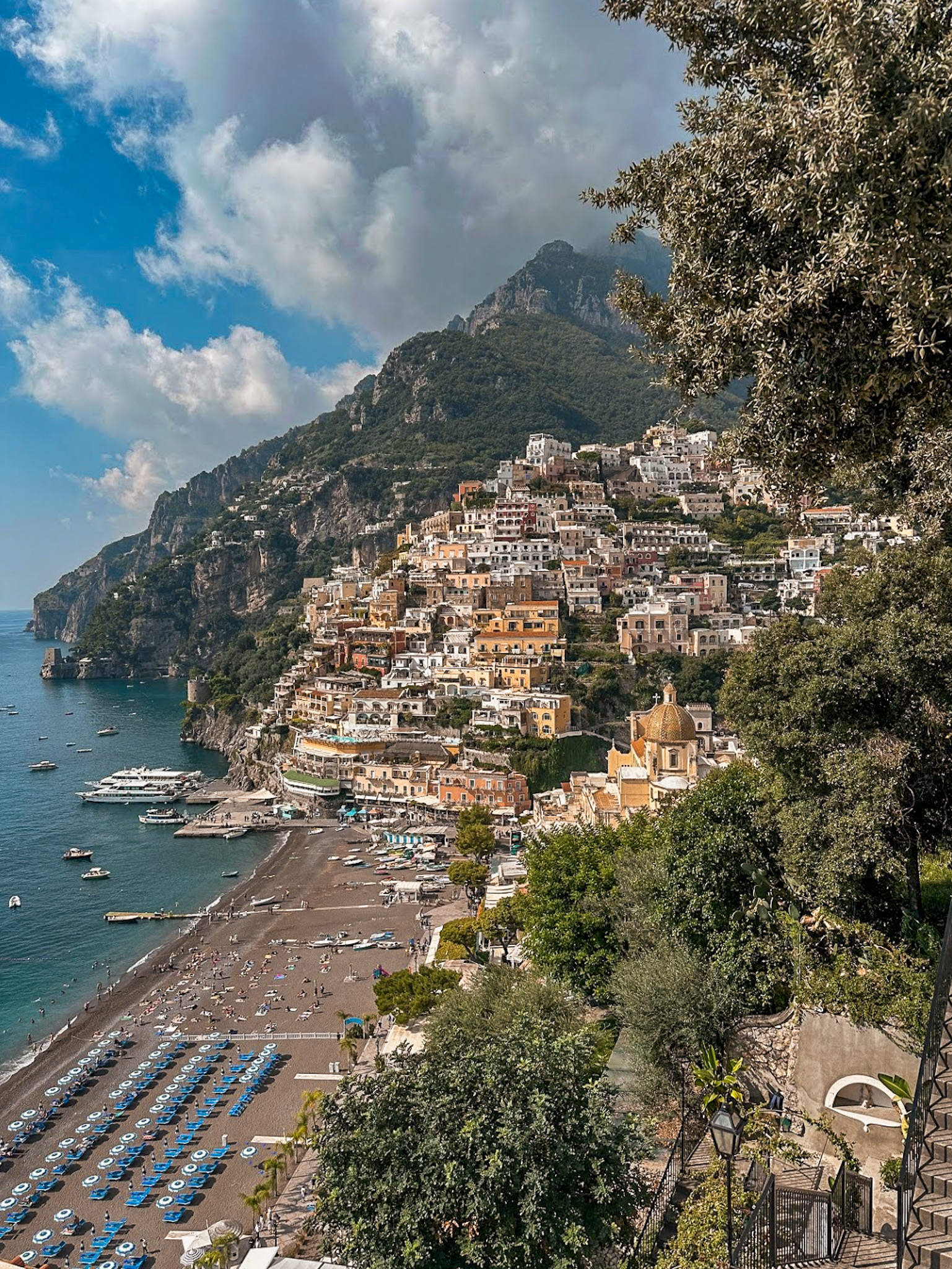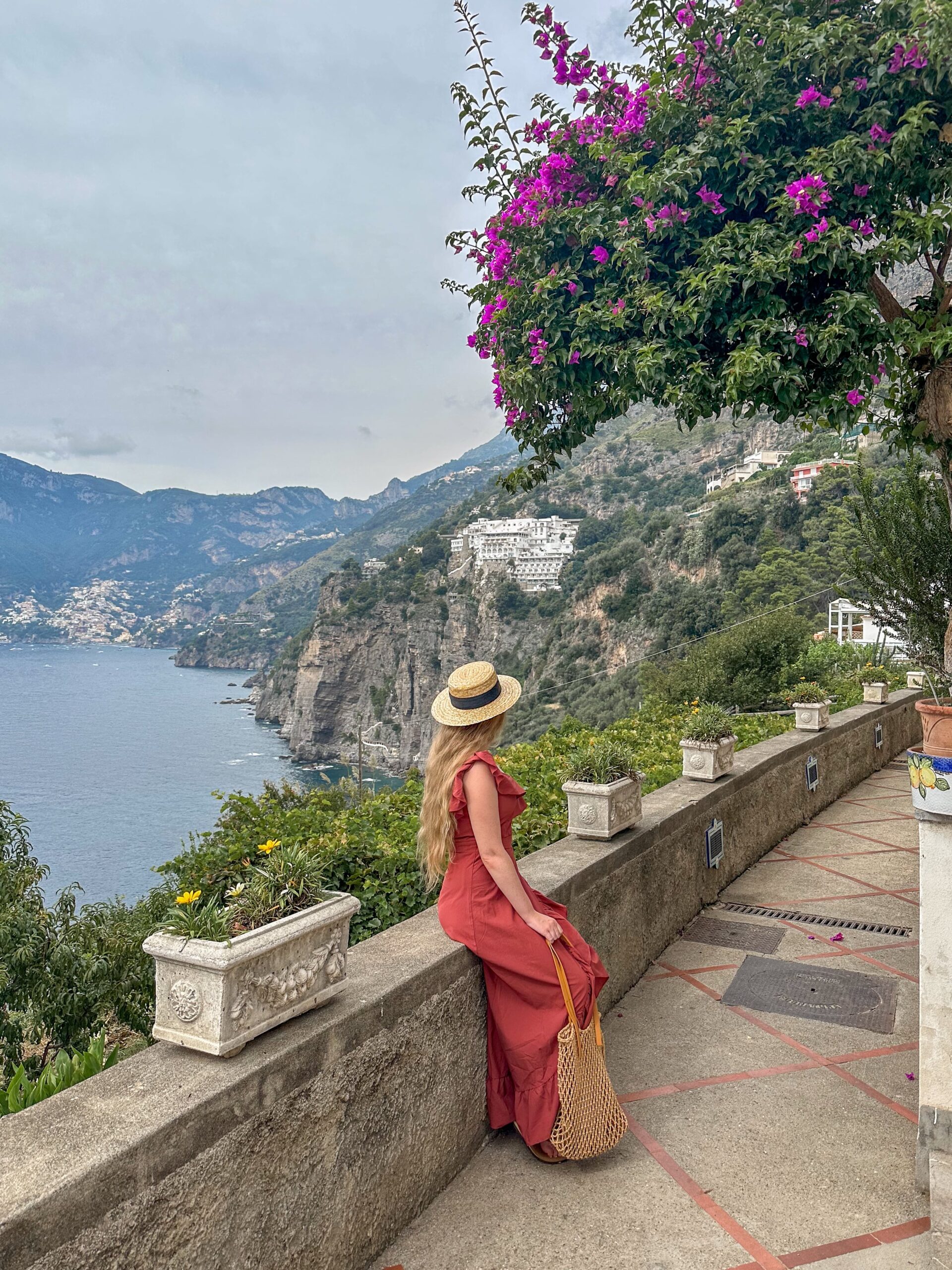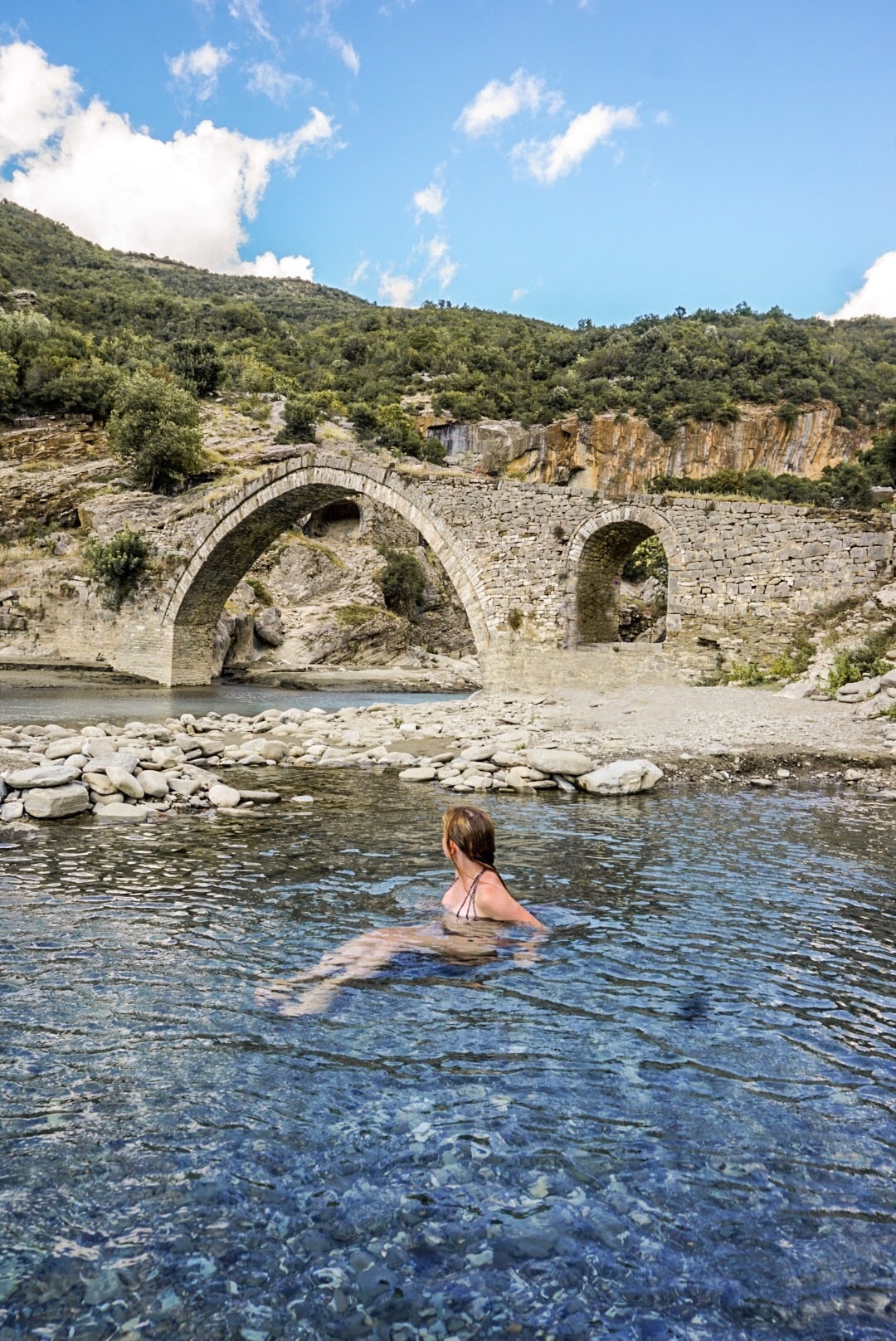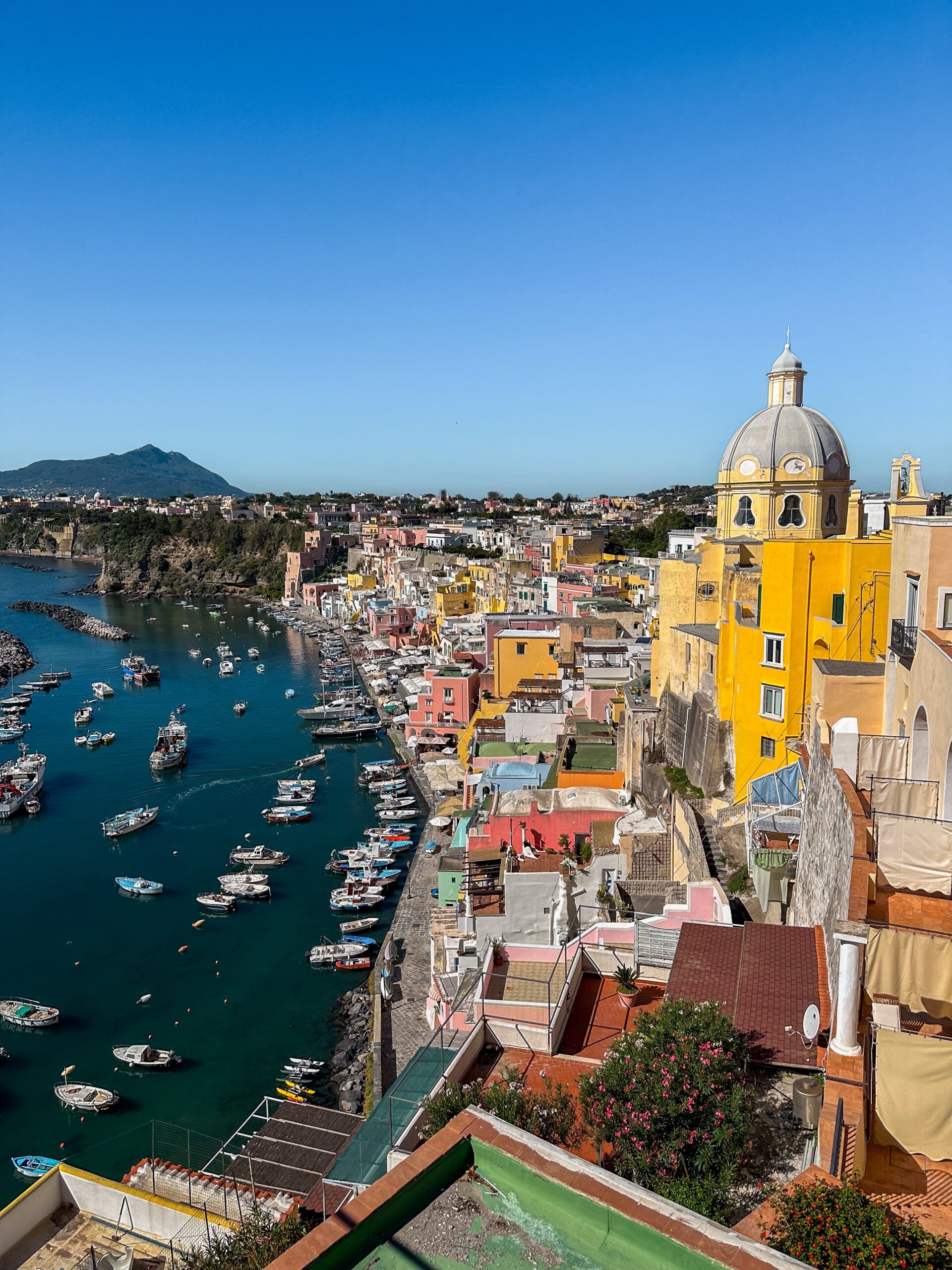La Fortuna is a popular tourist town in Northern Costa Rica, famous for its proximity…
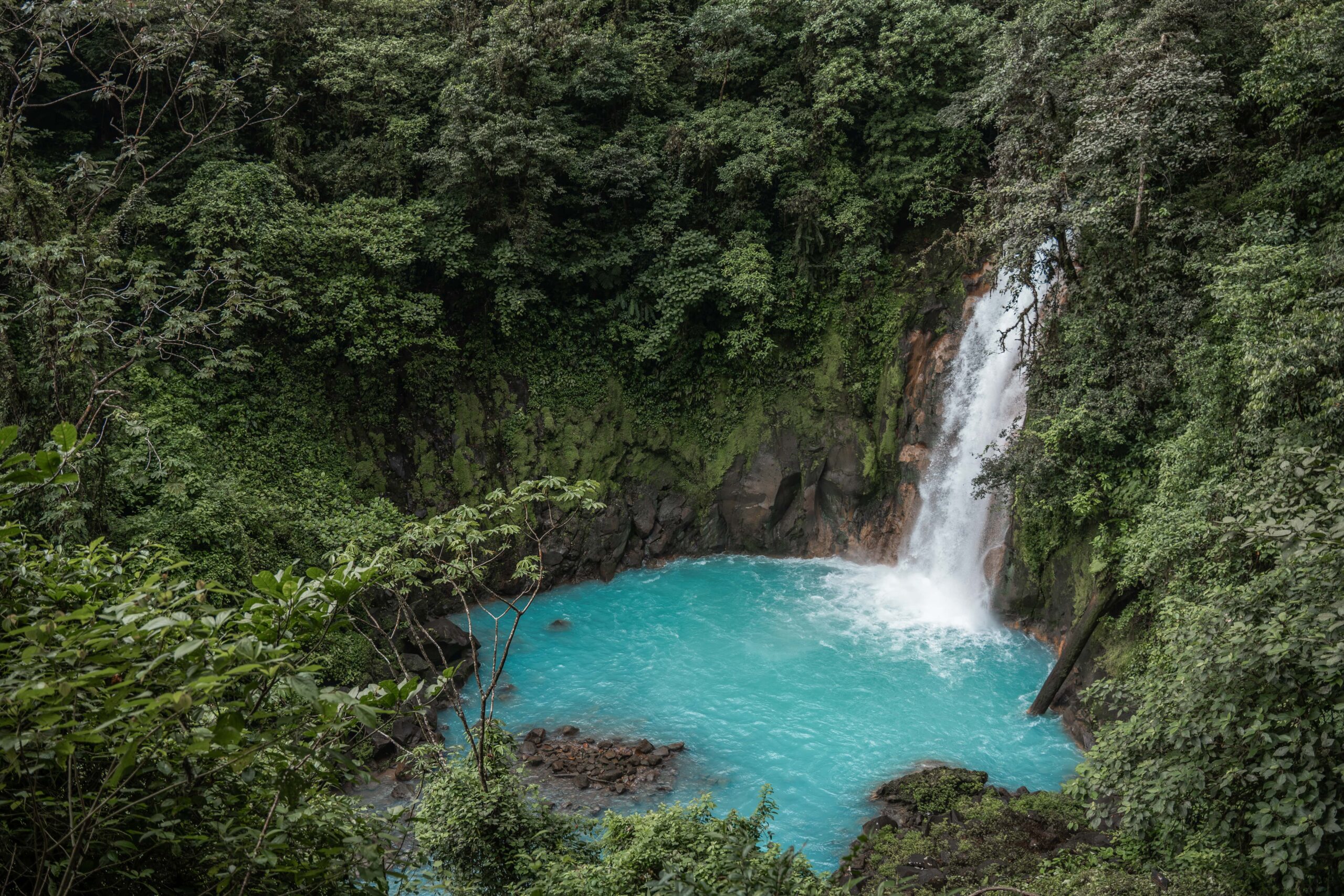
Rio Celeste Waterfall, Costa Rica | Everything You Need to Know
February 3, 2025
Río Celeste Waterfall is one of Costa Rica’s most iconic natural wonders, famous for its vivid turquoise waters that are often referred to as a “Gatorade blue” color. Located in the heart of Tenorio Volcano National Park, the stunning Río Celeste Waterfall is one of the country’s most popular attractions and is a must-see when visiting Costa Rica!
Visiting the Río Celeste Waterfall is pretty straightforward, but there are a few things you should know before visiting to enhance your visit and ensure that you have the best experience possible.
In this guide, you’ll find everything you need to plan your visit to Río Celeste Waterfall in Costa Rica.
What Makes Río Celeste Waterfall So Blue?

The Río Celeste Waterfall is famous for its striking blue color, which makes it one of the most unique and picturesque waterfalls in the world. But you may be wondering, what makes the Rio Celeste waterfall so blue?!
The waterfall is fed by the Rio Celeste River, which shares its blue color. The vibrant hue is the result of a natural chemical reaction between volcanic minerals, which transforms the clear river water into its iconic electric blue color.

You can actually see the place where the water changes color within Tenorio Volcano National Park, called the “Tenideros”. After visiting the waterfall, continue along the 3-mile trail, which will lead you to the exact spot along the river where you can witness the fascinating phenomenon. It is really cool to see in person, and appears as if the river magically turns blue all of a sudden!
Tips for Visiting Río Celeste
Arrive Early to Avoid Crowds

Tenorio Volcano National Park opens every day at 8 am, and I suggest getting there right at 8 or 10-15 minutes before opening to experience the area with fewer crowds. Since Rio Celeste is a popular destination, crowds can get really large in peak seasons and in the middle of the day, which makes it harder to see and capture pictures of the amazing waterfall.
We arrived slightly before 8 am and there was already a short line forming at the park entrance. We were a bit nervous because we wanted to snap some photos and videos of the waterfall without any people in the shot, but, luckily, we were able to walk quickly on the trail and had the spot to ourselves for about 5 minutes before others started to arrive!
Around 10 am, tour groups from La Fortuna start to roll in and it can get REALLY crowded. It was absolutely worth getting up early and arriving at the park’s opening, as it was such a magical and peaceful experience without the big crowds!
Best Time of Year to Visit Río Celeste Waterfall

Your experience visiting the Río Celeste Waterfall can vary greatly depending on the season that you visit. The best time of year to visit Río Celeste Waterfall is during the dry season (December-April), as the waterfall’s vibrant blue color can be dulled (or completely eliminated) by rain during the wet season (May-November). The waterfall is still beautiful during the wet season and even more powerful, however, don’t expect to experience the Gatorade blue color that you would during the dry season.
What to Wear When Visiting Río Celeste Waterfall

When visiting Río Celeste Waterfall, make sure to wear comfortable, breathable hiking clothes, sturdy shoes (ideally waterproof hiking shoes), and rain gear, like a poncho or rain jacket. Even if you plan to visit during the dry season (December-April), be prepared to encounter mud and get a little wet. The Río Celeste Waterfall is powerful, and therefore it sprays mist that can get on the trail and cause muddy conditions. Be prepared and make sure to wear clothes and shoes that will keep you dry and comfortable.
What to Bring to Río Celeste Waterfall
To get to Río Celeste Waterfall, you have to go on a 20-minute nature trail each way, so I suggest bringing what you would typically bring on a hike. This includes plenty of water, sunscreen, bug spray, and of course, a camera (you will be taking PLENTY of pictures of the waterfall, trust me!!!). I also suggest bringing a pair of binoculars with you in case you spot any cool birds or wildlife along the trail!
Also, keep in mind that you won’t be able to bring a drone or food into the park, so make sure to leave those behind.
Safety Tips for Visiting Río Celeste Waterfall

Tenorio Volcano National Park, which Río Celeste Waterfall is located inside, is overall quite safe. However, as with any hiking excursion, it’s important to take general precautions while on the trail.
This should be obvious, but please stick to marked trails and don’t wander off the designated paths. Not only could you encounter dangerous wildlife (we saw a highly venomous eyelash pit viper that was resting in the leaves right off the trail), but it is also important for the preservation of the ecosystem that surrounds the trail.
Also be sure to watch your step, as trails can get slippery close to the waterfall, and will be ESPECIALLY slippery during the rainy season. For this reason, I strongly recommend packing hiking boots, or at the very least shoes with a strong grip for your Costa Rica trip.
How to Get to Río Celeste Waterfall

Most people visit Río Celeste Waterfall from La Fortuna, which is about an hour and a half from Río Celeste Waterfall. We chose to stay in an Airbnb that was just a 10-minute drive from Tenorio Volcano National Park because we wanted to get there early and didn’t want to drive an hour and a half at 6 in the morning. Whether you plan to stay close to Tenorio Volcano National Park or in La Fortuna, there are several ways to get there:
By Car
The best way to get to Río Celeste Waterfall is by car. This ensures that you can go at your own pace and explore the surrounding area afterward. The roads from La Fortuna to Río Celeste Waterfall are in good condition, so the drive is relatively straightforward and easy. If you’re staying in La Fortuna and driving to Río Celeste Waterfall as a day trip, I recommend starting as early in the morning as possible to make the most of your day. The park opens at 8:00 am, and arriving early allows you to enjoy the waterfall before the crowds arrive, especially during peak season.
By Guided Tour
For those without a rental car or who prefer not to drive, guided day tours to Río Celeste Waterfall from La Fortuna are a fantastic option. These tours typically include transportation, park entrance fees, and an experienced guide who can point out wildlife and share insights about the area.
By Public Transport
While public transportation options exist, they are not the most convenient for reaching Río Celeste. You could certainly combine buses with local taxis to get there, but it would not be convenient or even necessarily economical, so I’d suggest opting for a guided tour that leaves from La Fortuna instead.
>>>> Also Read: How to Spend 3 Days in La Fortuna
What to Expect When Visiting Río Celeste Waterfall

Tenorio Volcano National Park Overview
To access Río Celeste Waterfall, you must enter Tenorio Volcano National Park. The entrance fee is $20 per person, which grants access to the waterfall and all hiking trails within the park. Park entrance hours are from 8 am – 2 pm, and I suggest arriving as early as possible to beat the crowds and make the most of your time.
The Trail to Río Celeste Waterfall
The hike to the Río Celeste Waterfall is a 0.9-mile (20-minute) nature walk through the rainforest. The trail is well-maintained and offers glimpses of the surrounding flora and fauna. At the end of the trail, you’ll be rewarded with an unforgettable view of the dazzling blue waterfall.
Arriving to Río Celeste Waterfall


Standing before Río Celeste Waterfall is a truly awe-inspiring experience – it took my breath away the first time I laid eyes on it! The vivid blue waters cascade dramatically into a natural pool below, creating a scene so surreal it feels like stepping into a postcard!
Keep in mind that there are around 250 steps you have to take to reach the base of the waterfall. The best view of the waterfall is actually towards the top of the stairs, but if you are physically able, I suggest going down all of the steps in order to appreciate the waterfall from every angle (and feel its power up close and personal).
Exploring Tenorio Volcano National Park

Many tourists will only visit Río Celeste Waterfall and skip the rest of the National Park. This is a mistake! Tenorio Volcano National Park is beautiful and can be fully explored in just about 2-3 hours depending on your pace.
After visiting the Río Celeste Waterfall, I suggest continuing along the trail that will take you deeper into the park. You’ll pass by beautiful scenery, walk along the Río Celeste, and encounter gems like Laguna Azul (Blue Lagoon) and Tenideros, the spot where the river’s water turns from clear to bright blue.

It would be a shame to travel all the way to Tenorio Volcano National Park and skip everything except Río Celeste Waterfall. Tenorio Volcano National Park is small, and the main trail that takes you through the park is only about 3 miles, on fairly easy terrain. It’s definitely worth spending a few hours exploring all that the park has to offer!
Things to Do Near Río Celeste Waterfall
There aren’t a ton of attractions near Río Celeste Waterfall, but there are still plenty of other amazing activities to add to your day trip after finishing your visit to Tenorio Volcano National Park. Here are some of the best things to do while in the area:
Take a Dip at Río Celeste’s Free Swimming Spot

Just outside the park entrance, you’ll find a free swimming area along Río Celeste. Here, you can take a refreshing dip in the same turquoise waters that feed into the waterfall! It’s the only spot along Río Celeste that is open to the public for swimming, and it’s the perfect way to unwind after a morning of hiking.
There is a paid parking lot right next to the swimming spot, but you could also just park along the side of the road in any spots that are available nearby.
Visit Árbol de la Paz

Located near Tenorio Volcano National Park, Árbol de la Paz (Tree of Peace) is a massive ceiba tree thought to be over 500 years old. It’s very impressive, and absolutely worth checking out if you have a car. We even saw an adorable sloth hanging from a tree right next to Árbol de la Paz!
Take a Night Tour at Tapir Valley Nature Reserve
For a unique wildlife experience, book a night tour at Tapir Valley Nature Reserve. While there is never a guarantee, Tapir Valley Nature Reserve is home to the elusive tapir, which is a nocturnal creature. If you are going to see a tapir, it will likely be at night, and this is a great place to potentially see one.
Tapir sightings are unpredictable so don’t get your hopes up for seeing one if you take a night tour here. You’re still likely to see other incredible nocturnal animals during your tour, like frogs, owls, sloths, snakes, and lots of cool insects! A night tour is a must in Costa Rica and the Tapir Valley Nature Reserve is a great place to take one.
Go Tubing Down Río Celeste

For a unique way to experience Río Celeste, you can sign up for a Río Celeste River Tubing Excursion that will take you along the bright blue waters of the river. You’ll float through calm stretches of the river and go down small rapids as you take in the beautiful scenery of the surrounding rainforest!
Where to Eat Near Río Celeste Waterfall

There are some great restaurant options near Tenorio Volcano National Park, perfect for fueling up on some authentic Costa Rican food after a few hours of hiking.
Here are some of the best food options in the area:
- Restaurant Tapirus Paradise Rio Celeste: Not only is this restaurant cozy and conveniently located, but the food was delicious and the staff were incredibly friendly! We also loved that they set up a feeding area for birds outside the windows, so we were able to watch toucans and other tropical birds while we enjoyed our meal.
- Tilapiera Los Laguitos y Restaurante rio celeste: If you’re craving seafood, head to Tilapiera Los Laguitos y Restaurante, which is located in a beautiful setting on a tilapia farm. It’s a bit tucked away off the main road, but offers an incredibly unique, delicious, and memorable experience!
- Restaurante Metamorphosis: Another great option is Restaurante Metamorphosis, which offers authentic Costa Rican food and American dishes. It’s surrounded by gardens, and you’ll likely spot beautiful tropical birds as you enjoy your meal!
Where to Stay Near Río Celeste Waterfall
As I previously mentioned, most people visit Río Celeste Waterfall as a day trip from La Fortuna. However, if you’d like to avoid the 1.5-hour drive each way, or you’d like to get to the park when it opens without waking up super early, there are some nice lodging options just outside of Tenorio Volcano National Park!
Here are some of the best accommodation options near Río Celeste Waterfall:
- Celeste Mountain Lodge: Sustainable eco-lodge offering modern, minimalist design with panoramic rainforest views, locally sourced meals, and direct access to nature trails near Tenorio Volcano National Park.
- Onca Tours & Treehouses: A unique stay featuring treehouse accommodations immersed in the jungle, providing an off-grid experience and offering guided tours to explore the wildlife and beauty of Río Celeste.
- Cabañas Montañas del Tenorio: Cozy, rustic-style cabins surrounded by lush greenery, offering a peaceful retreat with easy access to Río Celeste and lots of friendly local hospitality.
- Posada Río Celeste La Amistad: A charming, family-run guesthouse with comfortable rooms, homemade meals, and a tranquil setting close to the entrance of Tenorio Volcano National Park.
- Posada Rural Río Celeste: A budget-friendly, rural lodge providing simple accommodations, warm hospitality, and an authentic Costa Rican experience just minutes from Río Celeste.
Conclusion
Río Celeste Waterfall is a natural wonder that truly lives up to the hype. From its Gatorade-blue waters to the surrounding lush rainforest trails, visiting Río Celeste Waterfall in Tenorio Volcano National Park is an unforgettable experience. Don’t miss the chance to include this gem in your Costa Rica itinerary!
>>> Planning a trip to Costa Rica? Check out my Ultimate 10-Day Costa Rica Itinerary!
Like this post? Pin it for later!



Related Posts
- 3 Day Itinerary to La Fortuna, Costa Rica
- 2 Days in Monteverde, Costa Rica | The Ultimate Itinerary
Monteverde, Costa Rica is a beautiful region famous for its dense cloud forests, world-class birdwatching,…
- 10 Days In Costa Rica | The Ultimate Itinerary
Costa Rica is a small country packed with so many incredible places to visit. From…
Leave a Reply Cancel reply
HOME
ABOUT
Travel tips
BLOG
SHOP
destinations
Sign up for updates:
privacy
terms
Exploring the world, one step at a time.
